Painting Cedar Shake Shingles
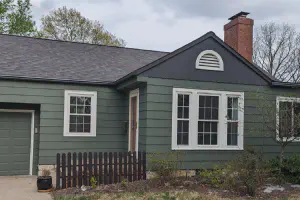
Cedar shake shingles can split and curl when not properly cared for. While replacing damaged …
Tips For Dark Paint Colors
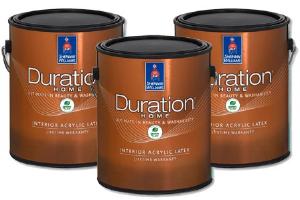
Deep, vibrant paint colors can transform a room with dramatic flair, but you might be wondering how …
Color of the Year
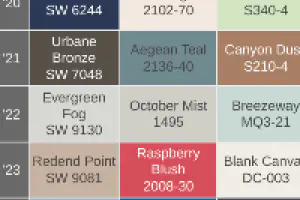
Experts can't agree on color trends. This year's "Sweet Lilac" will be next year's …
Vinyl Window Trim Color
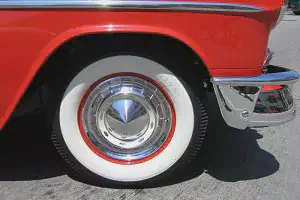
Vinyl windows often come in a stark “hospital white.” Choosing "matchy-matchy" trim paint …
Top 5 Uninsured Contractor Questions

Insurance isn’t just paperwork—it’s a safeguard against the unexpected. When you hire someone …
What's A Warranty Worth?

When something goes wrong, you want to know someone will make it right—but that depends on who you …
Tips For Painting Trim
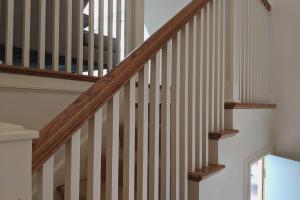
Homes can end up with “Trim White” by default, even though it might be too bright, too blue, or just …
Nice Painting Review!
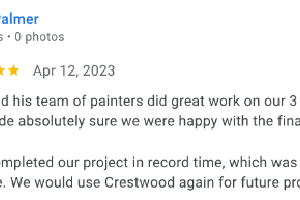
Everyone I encountered was very friendly and easy to work with. I admit that I was a particularly …
Roof Colors and Paint
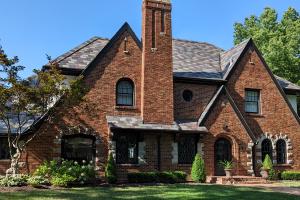
The color and tone of your roof can have a surprising impact on how your house reads from the curb. …
Best Bedroom Colors
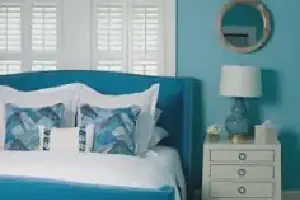
Understanding How Color Affects Sleep The colors you choose in your bedroom directly influence your …